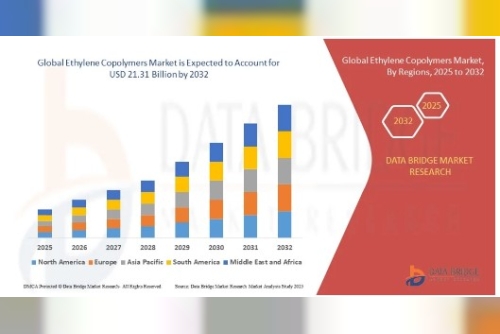Medical claims data, like much of the US healthcare system, is complex. However, this simply means that the opportunities for leveraging this important dataset in useful ways are even greater. This extended series of articles will help those new to using electronic medical claims submission datasets understand what the various fields mean, what information they contain, and what kinds of interesting questions you can answer using them and how to do so.
Where Does Medical Claims Information Come From?
Medical claims datasets are the culmination of a lengthy process. Understanding this process, which billrMD has referred to as the "claim submission pipeline" can be beneficial for several reasons:-
Data integrity:- Healthcare claims data, like all datasets, contains errors and inaccuracies. Understanding where those errors may enter the data can aid in their diagnosis and correction. Furthermore, erroneous data can be an indicator of fraud or other malfeasance, and understanding the electronic claims submission pipeline can assist in distinguishing between intentional and unintentional data integrity gaps.
Understanding data:- There are numerous conventions embedded in medical claims data, as well as numerous competing incentives that are resolved using those conventions. Understanding these rules allows you to better understand why your data looks the way it does.
Application:- Ideally, the insights gained from data will be used to improve the healthcare system. Because the claim submission pipeline drives financial payment of providers (as well as costs for insurers/payers), it can provide a good summary view of the entire healthcare system.
Pipeline For Claim Submission
Step 1) Clinical event:- Medical coding software begins with documentation in the medical record at the time of care. This text-based document is the definitive source of information for comprehending the clinical event. This record is converted into claims forms, which become electronic medical claims submission data. The NCQA provides the following six essential components of medical record documentation:-
There is a list of significant illnesses and medical conditions.
Medication allergies and adverse reactions are prominently noted (or absence thereof).
Recurring patients' past medical history is easily identified and includes serious accidents, operations, and illnesses.
That is consistent with the findings.
Treatment plans that correspond to diagnoses.
There is no evidence that a procedure puts a patient at unnecessary risk.
The medical record has historically not been the subject of data analysis, both because it was stored in written form (which is difficult to digitize) and because it is text-based (which is more difficult to analyze); however, with the advancement of optical character recognition and natural language processing tools in recent years, the medical record is proving to be very useful data for analysis.
Step 2) Submit your claim:- Medical coders are healthcare professionals who translate information from medical records into standardized forms that serve as the foundation for the medical claims dataset. The CMS-1500 and UB-04 are the two main claim forms. The CMS-1500 claim form is used to bill individual physicians' services, whereas the UB-04 is used to bill facility services - the CMS-1500 is used by an individual, whereas the UB-04 is used by a building/institution. A CMS-1500 by the doctor who provided care during that visit, and a UB-04 by the facility who furnished the equipment, laboratory/radiological services, and so on, are submitted for a standard hospital visit. Medical coders are frequently certified. The CPC and CMC certifications are most common for coders working in a physician's office or outpatient clinic, while the CCS certification is more common for inpatient coders. The AAPC (American Academy of Professional Coders) and AHIMA both offer a variety of specialized coding certifications (American Health Information Management Association). Individuals submitting medical claims are not currently required to be credentialed, but employers of medical coders frequently do.
Step 3) Claim adjudication:- Providers forward the completed claim form (837 file) to any payers who cover the patient. A "payer" is any entity that provides insurance billing software to the patient (they "pay" a portion or all of the patient's healthcare costs). Each type of payer has its own set of rules for processing claims. A payer's processing of claims is a complicated interface of these rules. For the time being, keep in mind that the payer will consider the following items when processing claims:-
Benefits that are covered.
Coding is correct.
Contracts with providers and reimbursement policies.
Prior approval is required.
Benefits/subrogation coordinates.
Fraud.
Step 4) Claims database:- The claims processing system will send data files to a claims database, which will store historical claims information for future analysis. The data sent by the claims processing system will include all of the information on the claim form, as well as a few other items, such as:-
Member information.
Provider information.
Code description tables.
Claims processing information.
Step 5) Examination:- This is where you, the intended audience for this series of articles, get to have some fun: you pull data from the electronic medical claims submission database and start analyzing it. Understanding how this data entered the database is critical to ensuring that the analysis can be used to improve the US health-care system.
For more information contact billrMD!












